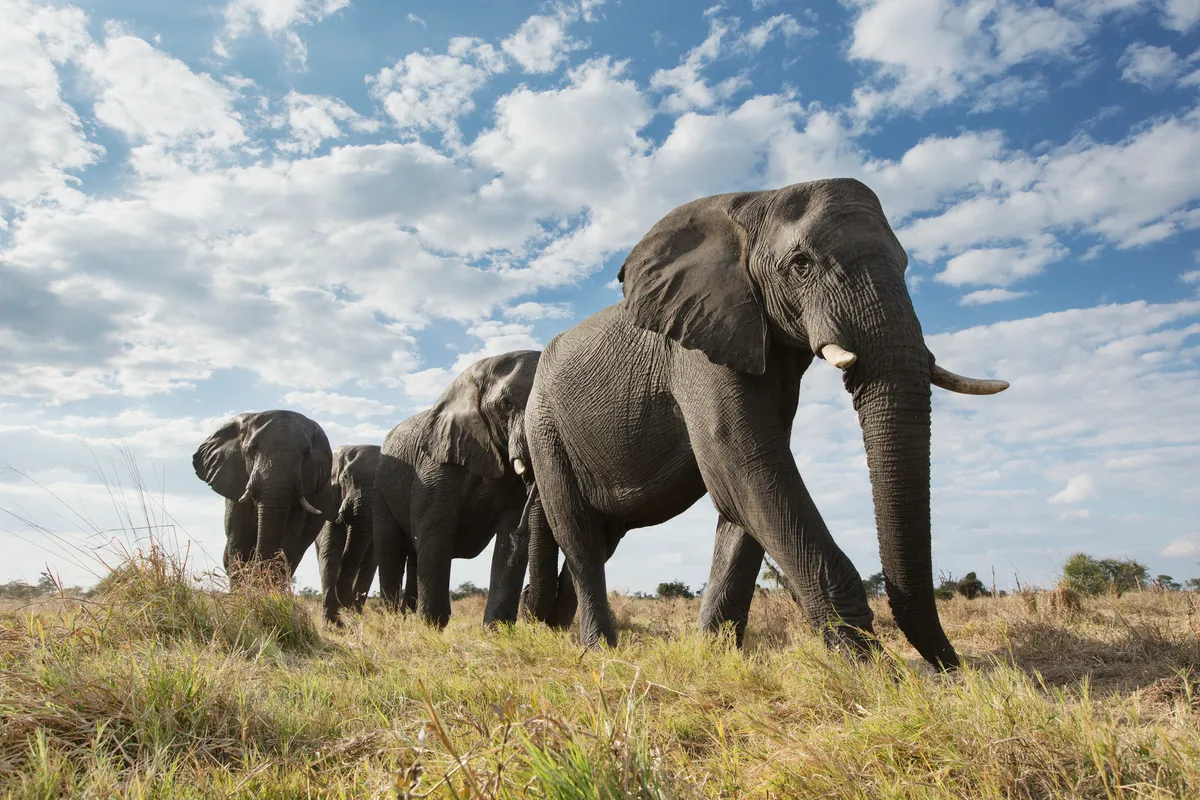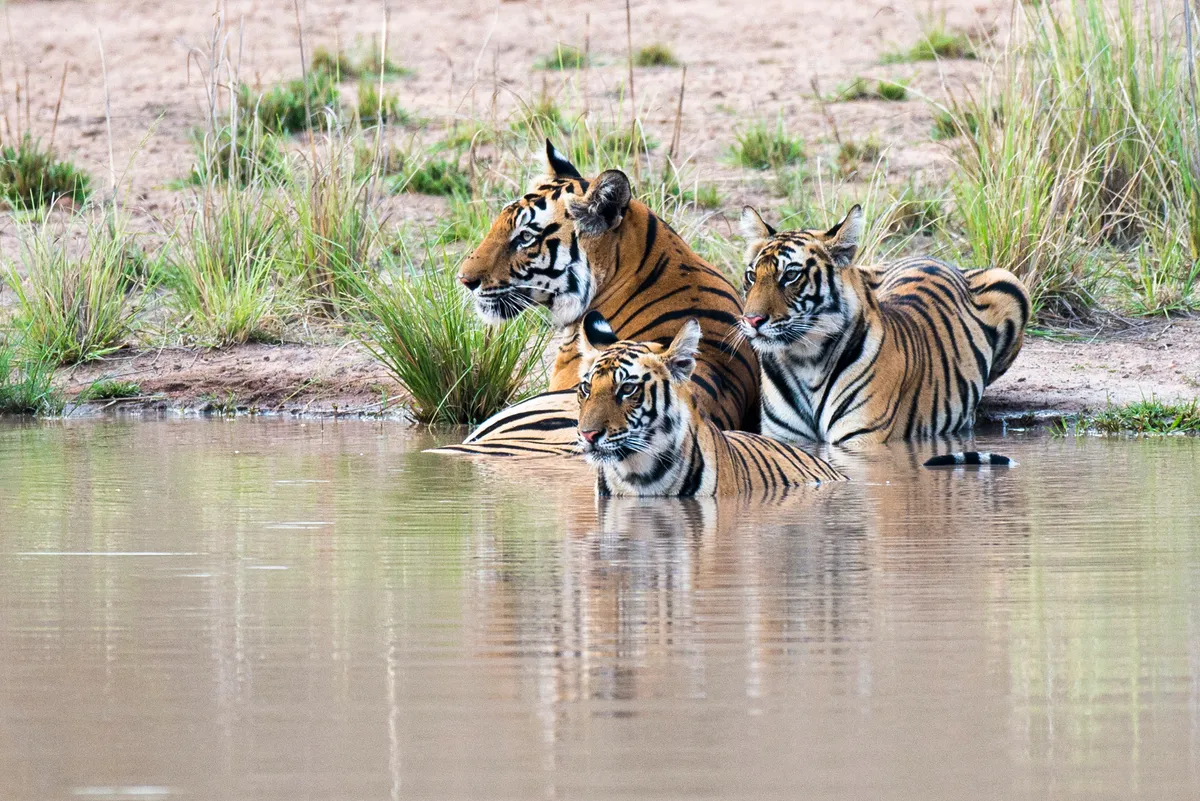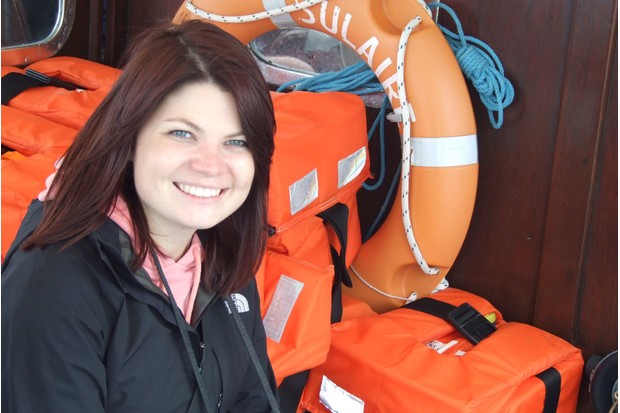Seeing wildlife in its natural habitat is a wonderful experience, but it's important to ensure that wildlife tourism is done responsibly, respectfully and sustainably so it doesn't have a negative effect on the environment. Sustainable tourism, if done correctly, can even help conservation efforts.
1. Take only picture, leave only footprints
A healthy, safe environment is at the heart of all responsible wildlife travel, so always take home everything you take with you – including batteries, plastic bags and bottles.
2. Ivory looks better on an elephant
Never be tempted to buy wildlife souvenirs. Don’t be persuaded that the creature is already dead and therefore it does no harm. Buying it will both fuel future trade and encourage sellers to capture or kill more animals.

3. Keep wildlife wild
Wild animals are not pets so don’t pet or feed them, or encourage them to behave in an unnatural way. Don’t support organisations that bait sites to attract animals – this can be dangerous for local people if wildlife learn to associate humans with food.
4. No animal selfies
Don’t have photographs taken posing with a wild animal. Many of these animals have been taken from the wild and their mothers killed. They may be drugged, harshly trained or have their teeth removed to ensure they ‘behave’ around tourists.
5. It’s no fun for them
Avoid wild animal entertainments such as riding elephants for fun. These animals are often captured from the wild, inadequately cared for and usually trained using inappropriate and cruel methods. If it’s not natural behaviour, it’s probably cruel.
6. Local people are the best conservationists
Show respect for local people and their culture. Use local providers so money from your trip benefits communities.

7. Check reputations
Ask questions about the reputation of any potential travel supplier, and check out their code of conduct for wildlife and the environment.
8. Take expert advice
If visiting a key wildlife habitat, for example a turtle nesting beach, go with a trained guide. They will be able to ensure both your safety and the welfare of the animals.
